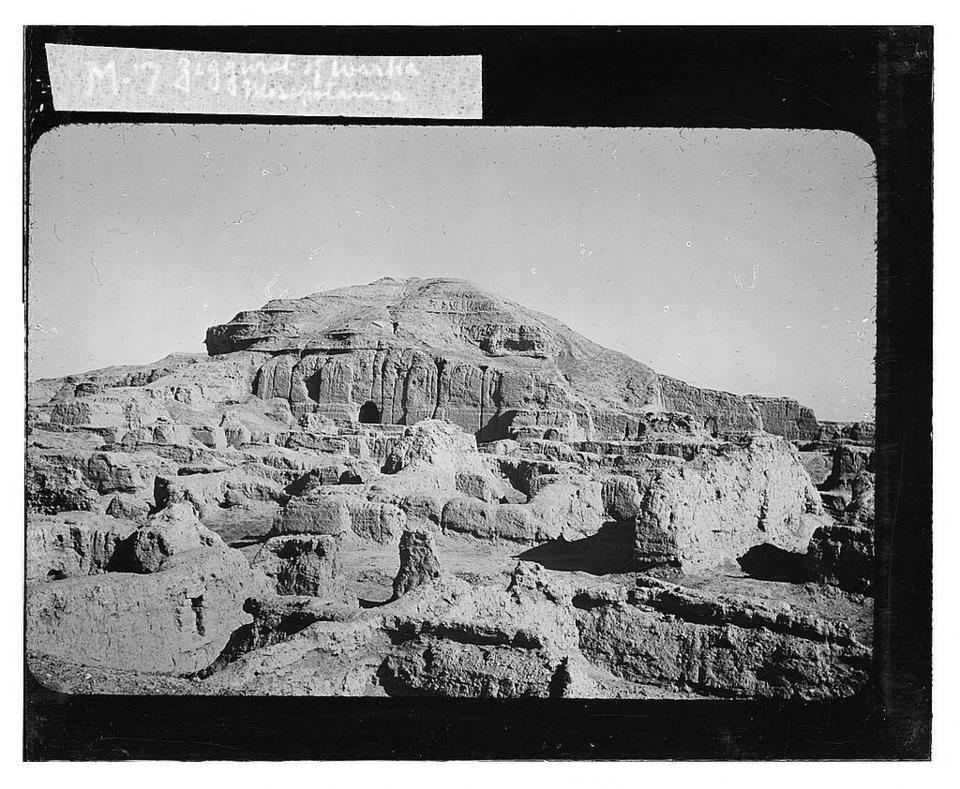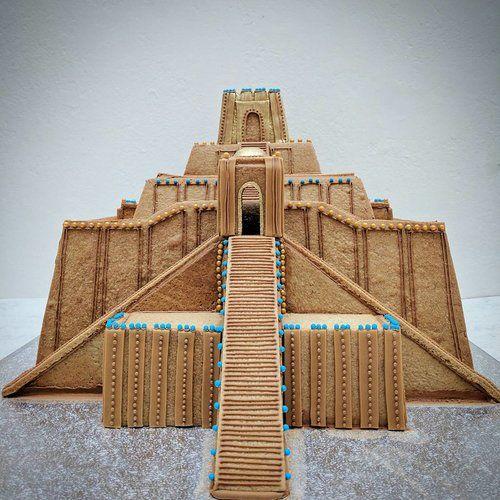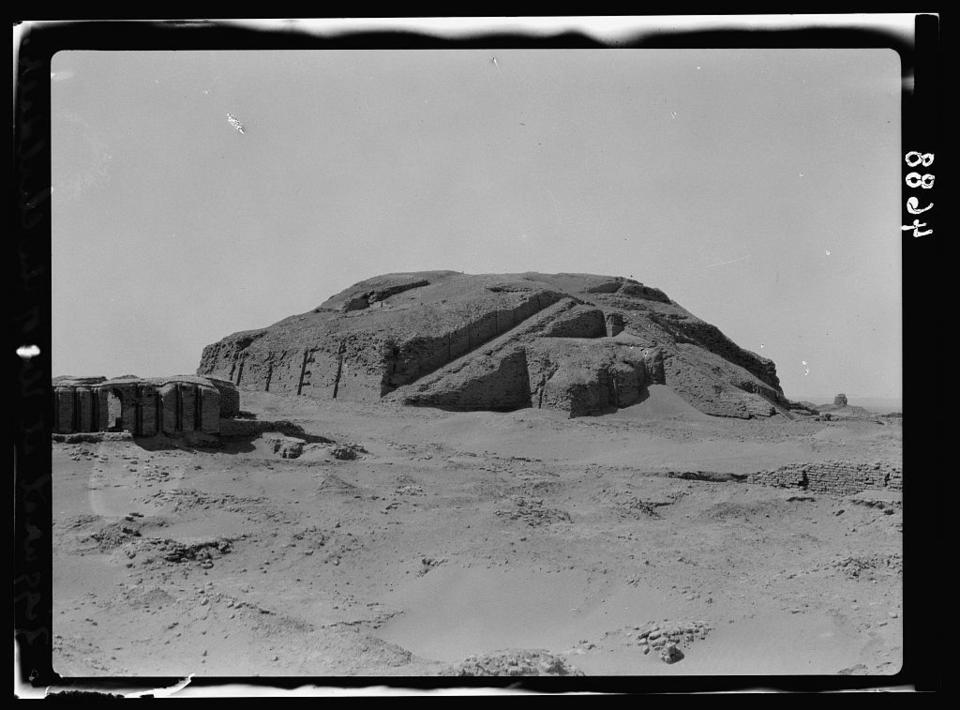Video file
zi•ggur•at
[DEFINING TERMS]
A ziggurat (/ˈzɪɡʊˌræt/; Akkadian: ziqquratu,1 D-stem of zaqāru ‘to protrude, to build high’,2 cognate with other semitic languages like Hebrew zaqar (זָקַר) ‘protrude’3 4) is a type of massive structure built in ancient Mesopotamia. It has the form of a terraced compound of successively receding stories or levels. Notable ziggurats include the Great Ziggurat of Ur near Nasiriyah, the Ziggurat of Aqar Quf near Baghdad, the now destroyed Etemenanki in Babylon, Chogha Zanbil in Khūzestān and Sialk. The Sumerians believed that the Gods lived in the temple at the top of the Ziggurats, so only priests and other highly respected individuals could enter. Society offered them many things such as music, harvest and creating devotional statues to leave in the temple.
The biblical account of the Tower of Babel has been associated by modern scholars to the massive construction undertakings of the ziggurats of Mesopotamia,5 and in particular to the ziggurat of Etemenanki in Babylon in light of the Tower of Babel Stele 6 describing its restoration by Nebuchadnezzar II.
The design of Egyptian pyramids, especially the stepped designs of the oldest pyramids (Pyramid of Zoser at Saqqara, 2600 BCE), may have been an evolution from the ziggurats built in Mesopotamia.7 8
Image
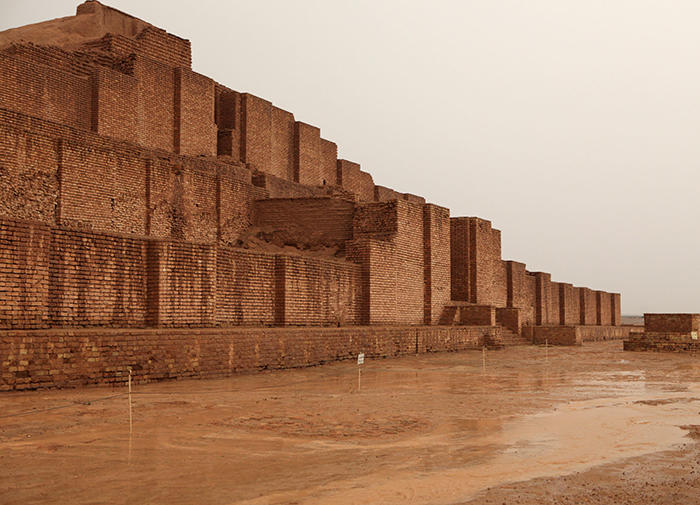
Elamite Ziggurat of Dur Untash in Persian Choqa Zanbil in Khuzestan, Iran, circa 1300 BCE
Image
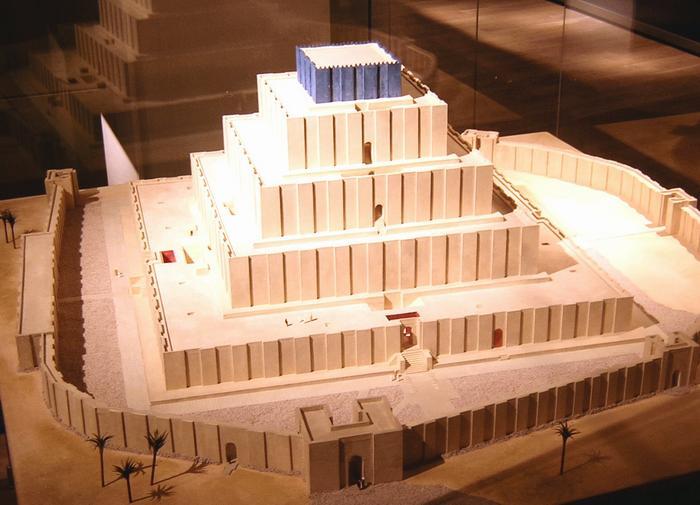
Chogha Zanbil Ziggurat (model). Circa 1300 BCE
Image
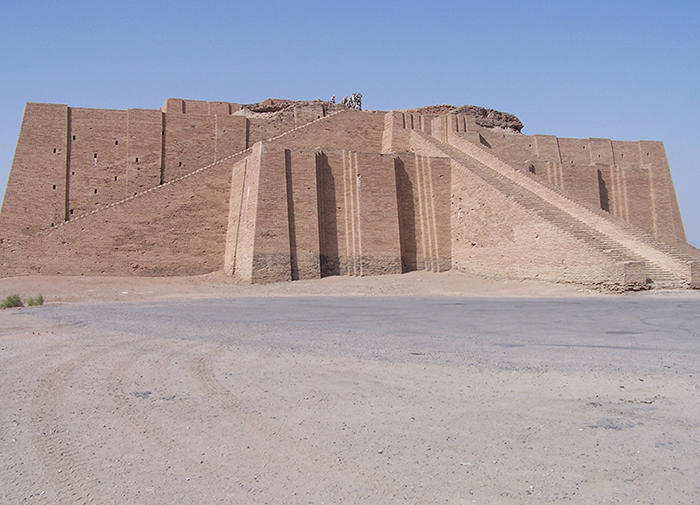
Partially reconstructed facade and access staircase of the Ziggurat of Ur, originally built by Ur-Nammu, circa 2100 BCE
The Apex company’s main store in Pawtucket, Rhode Island is a widely recognized local landmark. It was designed by Andrew Geller in 1969 as a side project while working in the employ of Raymond Loewy. The building's distinctive ziggurat roof was designed to get around local sign ordinances, as well as attract attention from nearby Interstate 95. The pyramid design also reflects the company name “Apex,” meaning “summit.” The building's floor plan features large amounts of undivided floor space, which results in the entire floor being visible to shoppers.9 The store in Warwick also had a similar looking pyramid building.
At the companies peak, Apex had three stores in Pawtucket, Warwick, RI & Swansea, MA (at the Swansea Mall) until 2001 when all of the Apex stores except the one in Pawtucket closed. However, the Apex store in Pawtucket was severely downgraded. The Swansea Mall store opened in the early 1980’s and closed in 2001. The Warwick and Pawtucket stores both had Apex branded auto centers. The Apex auto center in Warwick closed in 2001 along with the store while the Pawtucket auto center is still in use.
As the Apex company shrank due to financial hard times, the building has been the subject of continued speculation as to its future, with some insisting it is an eyesore, and others claiming it is an example of outstanding architecture and a true landmark worth preserving.10 The City of Pawtucket has made multiple outreach attempts to acquire the building and site, floating the possibility of acquiring it through eminent domain in October 2020.11
The Great Pyramid of Rhode Island | Apex Building
Filmed/Edited by Jason Allard
Images
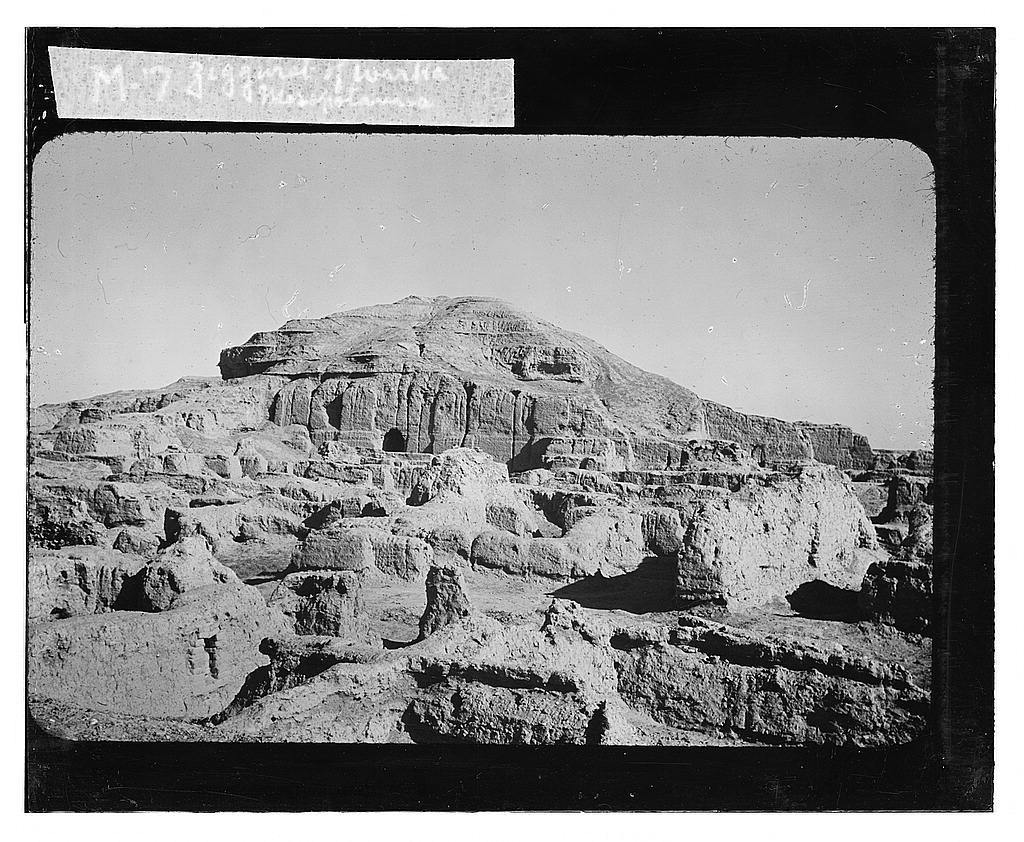
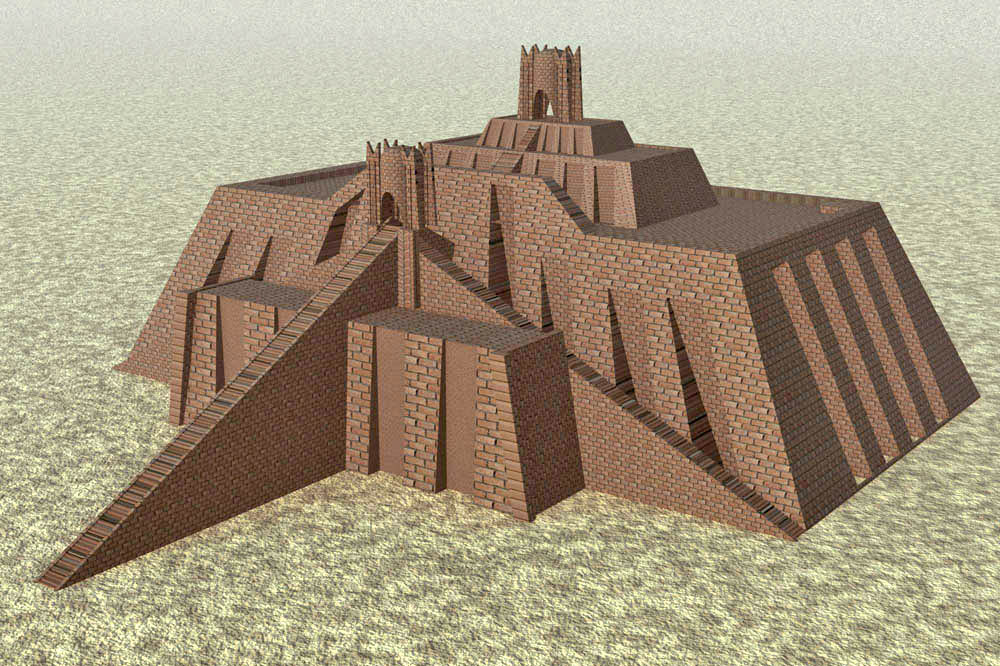
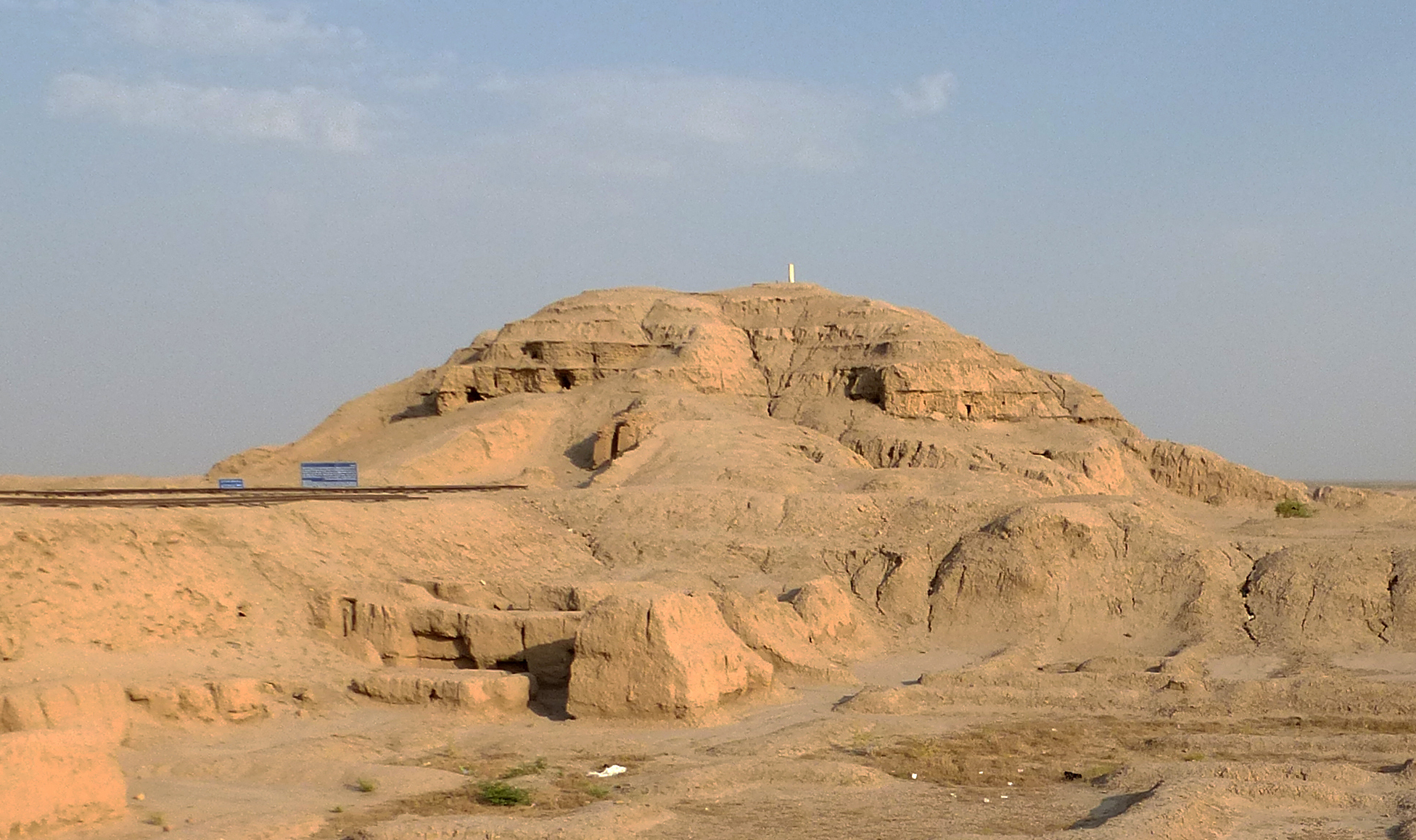

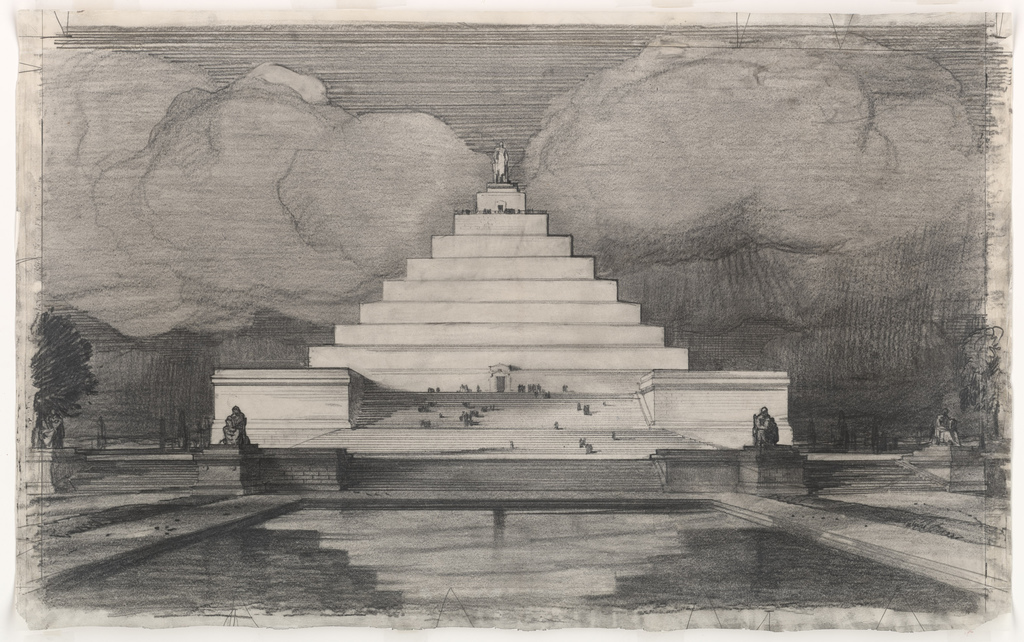
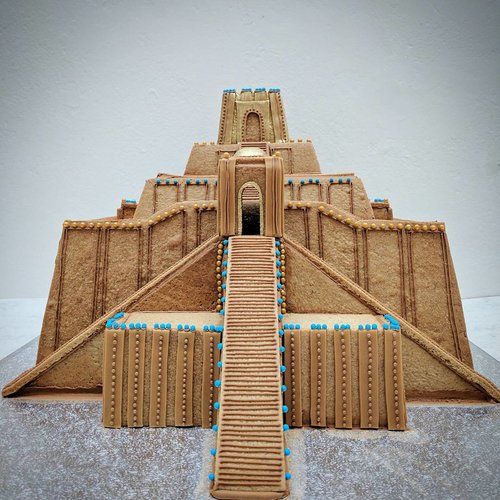

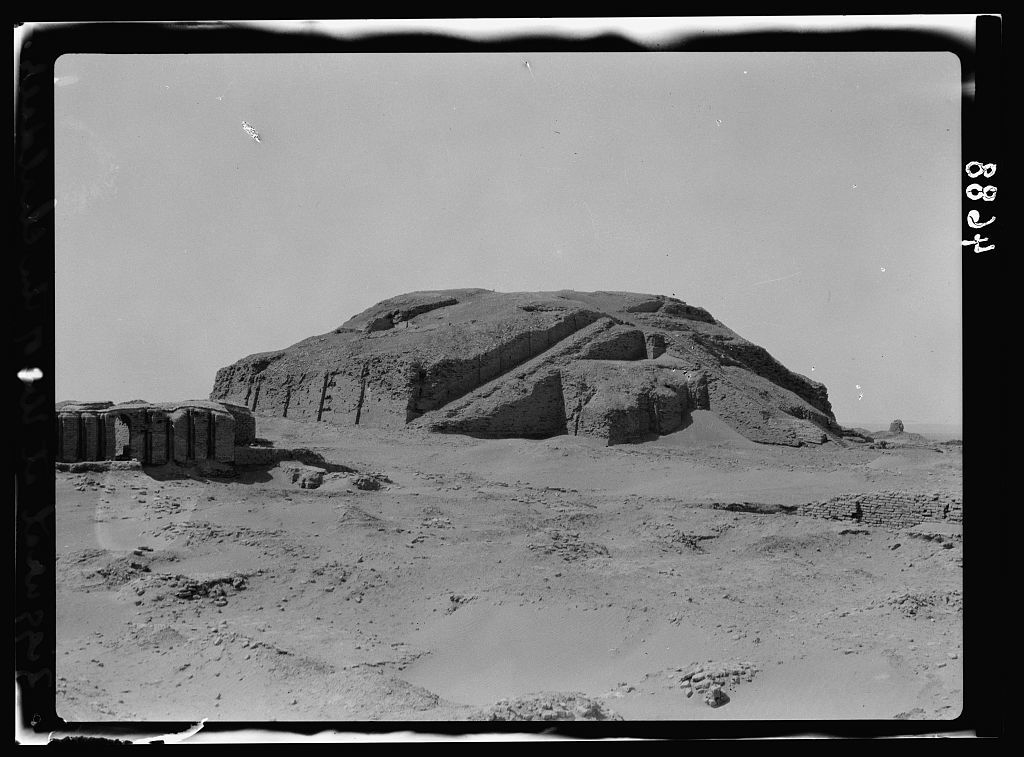
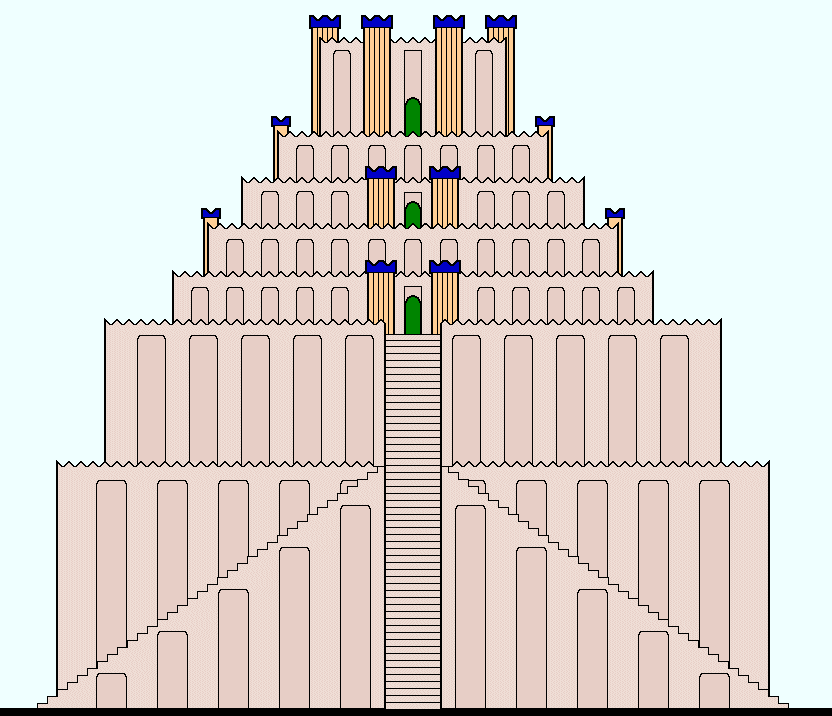

Video file
Endnotes
- "Search Entry". www.assyrianlanguages.org. Retrieved 2020-07-30.
- "Search Entry". www.assyrianlanguages.org. Retrieved 2020-07-30.
- "מילון מורפיקס | זקר באנגלית | פירוש זקר בעברית". www.morfix.co.il. Retrieved 2020-07-30.
- see also Akkadian zaqru 'protruding, high', corresponding to Hebrew zaqur (זָקוּר) 'protruding out, upwards'
- Harris, Stephen L. (2002). Understanding the Bible. McGraw-Hill. pp. 50–51. ISBN 9780767429160.
- "MS 2063 - The Schoyen Collection". www.schoyencollection.com. Retrieved 2020-07-30.
- "The stepped design of the Pyramid of Zoser at Saqqara, the oldest known pyramid along the Nile, suggests that it was borrowed from the Mesopotamian ziggurat concept." in Held, Colbert C. (University of Nebraska) (2018). Middle East Patterns, Student Economy Edition: Places, People, and Politics. Routledge. p. 63. ISBN 978-0-429-96199-1.
- Samuels, Charlie (2010). Ancient Science (Prehistory – A.D. 500): Prehistory-A.D. 500. Gareth Stevens Publishing LLLP. p. 23. ISBN 978-1-4339-4137-5.
- Lehnert, Tim (17 December 2004). "Apex Department Store". Rhode Island Art in Ruins. Providence, RI: The Providence Phoenix. Archived from the original on 29 January 2020. Retrieved 6 August 2020.
- ibid.
- Bergenheim, Chris (16 October 2020). "Pawtucket moves to enable use of eminent domain for Apex site". Providence Business News. Archived from the original on 17 October 2020. Retrieved 17 October 2020.
Bibliography/Links/Etc.
- Oppenheimer, A. Leo (1977). Ancient Mesopotamia. Chicago: University of Chicago Press. ISBN 0-226-63187-7.
- Tillison, Malachi (1993). Sumer and the Sumerians. New York: Cambridge University Press. ISBN 0-521-38850-3.
- Crawford, Harriet (1993). Sumer and the Sumerians. New York: Cambridge University Press. ISBN 0-521-38850-3.
- Black, J.A.; Green, A. "Ziggurat". In Bienkowski, P.; Millard, A. (eds.). Dictionary of the Ancient Near East. London: British Museum. pp. 327–328.
- Beck, Roger B.; Black, Linda; Krieger, Larry S.; Naylor, Phillip C.; Dahia Ibo Shabaka (1999). World History: Patterns of Interaction. Evanston, IL: McDougal Littell. ISBN 0-395-87274-X.
- Busink, T. (1970). "L´origine et évolution de la ziggurat babylonienne". Jaarbericht van het Vooraziatisch-Egyptisch Genootschap Ex Oriente Lux. 21: 91–141.
- Chadwick, R. (November 1992). "Calendars, Ziggurats, and the Stars". The Canadian Society for Mesopotamian Studies Bulletin. Toronto. 24: 7–24.
- Killick, R.G. "Ziggurat". In Turner, J. (ed.). The Dictionary of Art. Vol. 33. New York & London: Macmillan. pp. 675–676.
- Leick, Gwendolyn (2002). Mesopotamia: The Invention of the City. Penguin Books. ISBN 0-14-026574-0.
- Lenzen, H.J. (1942). Die Entwicklung der Zikurrat von ihren Anfängen bis zur Zeit der III. Dynastie von Ur. Leipzig.
- Roaf, M. (1990). Cultural Atlas of Mesopotamia and the Ancient Near East. New York. pp. 104–107.
- Stone, E.C. (1997). "Ziggurat". In Meyers, E.M. (ed.). The Oxford Encyclopedia of Archaeology in the Near East. Vol. 5. New York & Oxford: Oxford. pp. 390–391.
Cite this page as
Chicago Style
MLA Style
Shareable Link
Copy this page's URL to your clipboard.
Media Credits
Photography credits, in order of appearance: ninara, Jona Lendering, Hardnfast, J Hogue, Kenneth C. Zirkel, Library of Congress, wikiwikiyarou, tobeytravels, Library of Congress, U.S. National Archives, Maid of Gingerbread, Library of Congress, Library of Congress, Jona Lendering, Marjon Verburg.
Page Credits
Sample Ziggurat Page designed and built by Carson Evans for the RISD Museum. Page text derives from Wikipedia.
Ziggurat Documentation
-
Login & Your Account
-
Introduction to the Interface
-
Publications & Publication Pages
-
Media Library
-
Edit View
-
Layout View:
Sections -
Layout View:
Block Types -
Layout View:
WYSIWYG & Text Styling -
Layout View:
Block Styles -
Layout View:
Other Block Types -
Manage Bar II
-
Button Bar II
-
Intermediate Styling
-
Sample Publication Page


